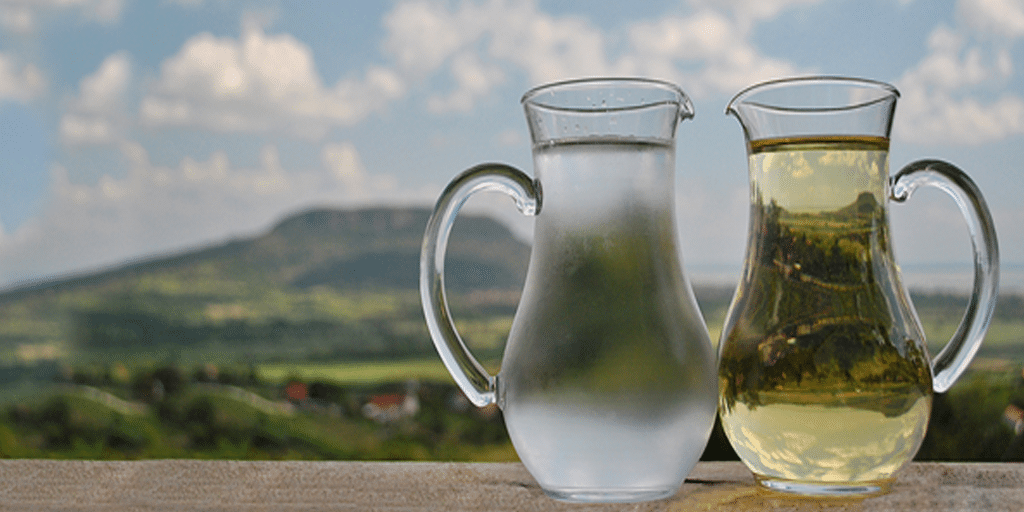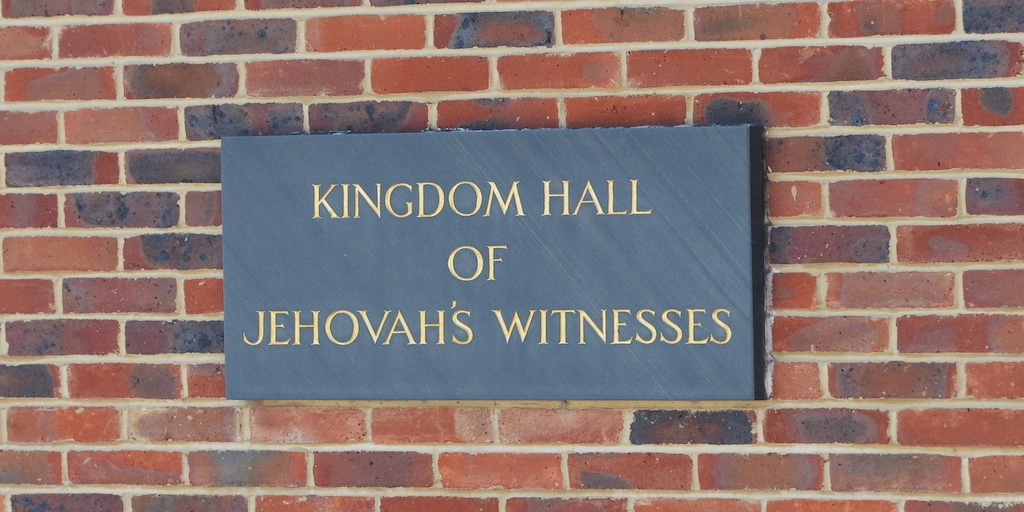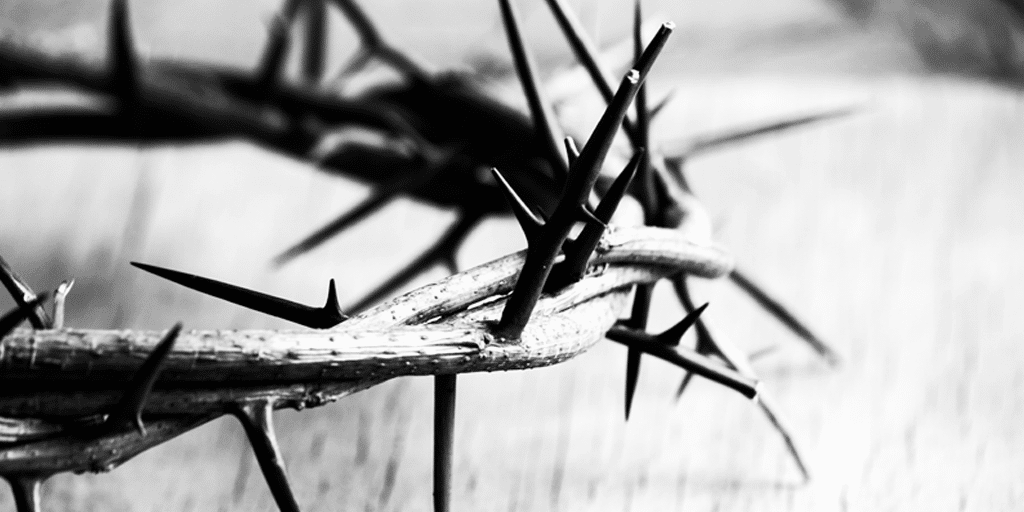Why Did Jesus Turn Water into Wine?

Why Did Jesus Turn Water into Wine?
Jesus’ first miracle recorded in John’s Gospel involves turning water into wine at a wedding in Cana. What is surprising is that the group had already finished off all the wine allotted for the event. Furthermore, the master of the banquet speaks with the assumption that the people were intoxicated at the point when Jesus provides an abundance of more wine (around 600-1,000 bottles worth). To get a sense for what is happening here, we need to first understand a little about John’s Gospel.
In the first half of it, John selectively presents seven miraculous signs which Jesus performs to signify who He is and why He has come. These signs serve to foreshadow and explain the ultimate revelation of Jesus’ glory on the cross.
John is very clear about his purpose for recording these signs. He tells us, “These are written that you may believe that Jesus is the Messiah, the Son of God, and that by believing you may have life in His name” (John 20:31).[1] So more anything else, John says we are to focus on what this sign tells us about Jesus. Two major themes emerge.
Jesus is the Messiah who restores joy to His people.
In the Bible, wine is often used as a symbol of gladness and picture of God’s blessing. Psalm 104:15, for example, speaks of wine as God’s good gift which “gladdens human hearts.”
The prophets frequently use the imagery of wine in this way to depict the restoration and joy God will bring to His people through the Messiah.[2] For instance, Jeremiah 31:12-14 says, “They shall be radiant over the goodness of the Lord, over the grain, the wine, and the oil . . . and the young men and the old shall be merry. I will turn their mourning into joy; I will comfort them, and give them gladness for sorrow. I will feast the soul of the priests with abundance, and my people shall be satisfied with my goodness, declares the Lord” (ESV). Amos 9:13 depicts the messianic age involving an abundance of wine, promising, “New wine will drip from the mountains and flow from all the hills.” Isaiah 25:6 foretells that when God comes to swallow up death forever and restore all things, He will prepare “a banquet of aged wine – the best of meats and the finest of wines.” Examples like this abound. In fact, of the 247 references to wine and alcohol in Scripture, 145 of them are positive, 62 are neutral, and only 40 negatively warn about its abuse.[3] While these warning passages are not to be ignored, it is helpful to see that the Bible mostly presents wine in a positive light.
Therefore, we are to see Jesus’ abundant provision of wine as a foretaste of these messianic promises. His gracious provision for this bridegroom’s embarrassing deficiency adds further anticipation to His lavish provision when He Himself comes as the bridegroom. It foreshadows the joy and delight which will characterize the union of Christ and His church. From the start of his Gospel, John wants us to realize that Jesus is the true source of life and joy. He has come to restore His people. John’s emphasis is not on delighting in fine wine but in Jesus who is the creator of all and the one who has come and is coming again to restore all things.
Jesus’ blood has provided a new and greater source of purification.
The way Jesus provides this wine is intentional. His instructions focus on stone jars which were used for ceremonial washing, not for holding wine. Jesus’ point in all this is to show how the water of the old order (representing purification through the Jewish law and custom) is being replaced with something better – wine (representing the purification made possible through His blood).[4]
Emphasis on Jesus’ fulfillment of Old Testament imagery and His amplified provision of grace (“grace in the place of grace” as John puts it in 1:16) is one of the main themes found throughout John 2-4. D. A. Carson summarizes,
The three chapters present the replacement of the old purifications by the wine of the kingdom of God, the old temple by the new in the risen Lord, an exposition of new birth for new creation, a contrast between the water of Jacob’s well and the living water from Christ, and the worship of Jerusalem and Gerizim with worship “in Spirit and in truth.”[5]
Thus, we are to see in this account that a new and greater source of purification is now available in Jesus.
Overall, John tells us about this sign so that we might delight in Jesus as our Savior who gave His life to cleanse us from our sin. John wants to instill within us a joyful hope as we eagerly await Jesus’ return and restoration of all things. The story is to whet our appetite for the way God will one day lavish His goodness upon us.
John’s desire in this is to lead us to Jesus, not wine. As Paul says in Romans 14:17, “The kingdom of God is not a matter of eating and drinking, but of righteousness, peace and joy in the Holy Spirit.” While some believers enjoy wine in moderation as a good gift from God, others choose to abstain from it altogether. There is much wisdom in abstaining from alcohol. For example, it ensures not drinking in excess (Ephesians 5:18) and removes what may be a stumbling block for others (Romans 14).
Wrap Up on Why Did Jesus Turn Water Into Wine
Whether we drink in moderation or chose to abstain from alcohol altogether, our hearts are to stay fixed on Jesus as the giver and true satisfier of our souls. In Him there is far more joy than in any expression of His goodness. John tells us this account so that we might personally come to experience the joy found only in Jesus.
Go Deeper
[1] All quotations of Scripture are from the NIV unless otherwise stated.
[2] The prophets derive this theme from Deuteronomy. There God promises to abundantly provide His people with wine if they obey Him (Deuteronomy 7:13; 11:14) or remove His provision of wine if they disobey Him (Deuteronomy 28:39, 51). But even after they disobey Him and experience His judgement, God promises to restore them. One way this restoration gets depicted is through a restored provision of wine (Deuteronomy 33:28). Thus, it is helpful to see that the prophets are merely drawing the people back to these blessings, curses, and restoration promises found in Deuteronomy. As the picture of God’s restoration gets developed by the prophets, it surprisingly becomes described in ways which extend beyond God’s original blessing.
[3] This statistic is from Brad Whittington’s book, What Would Jesus Drink: What the Bible Really Says About Alcohol.
[4] Some respected New Testament scholars, such as D.A. Carson and B.F. Westcott, suggest that Jesus did not turn the water into wine while it was in the ceremonial jars. Rather, after these jars were filled with water, Jesus then turned the well itself into a source of wine. This is based upon the observation that the verb “draw” (antleō) in verse 8 was commonly used for drawing water from a well (see, for example, John 4:7, 15). This is also supported by Jesus’ emphatic use of the word “now” to signal this transition. According to this reading, the filling of these six jars to brim serves as a picture of them reaching their fulfillment. The incomplete number of jars (six being a number of incompletion) would have been completed by the seventh source of wine in the well. This emphasis on seven may find further support by the fact that John gives careful attention to numbering these early days and presents this event as happening on the seventh day. Whether one adopts this reading or not, the emphasis remains the same: Jesus is providing a new and greater source of purification through His sacrificial death on the cross.
For further engagement with this see D. A. Carson, The Gospel according to John (Grand Rapids: Eerdmans, 1991), p. 174 and B. F. Westcott, The Gospel according to St John: The Greek Text with Introduction and Notes (John Murray, 1908), v. 1: p. 84.
[5] Carson, The Gospel according to John, p. 166.








